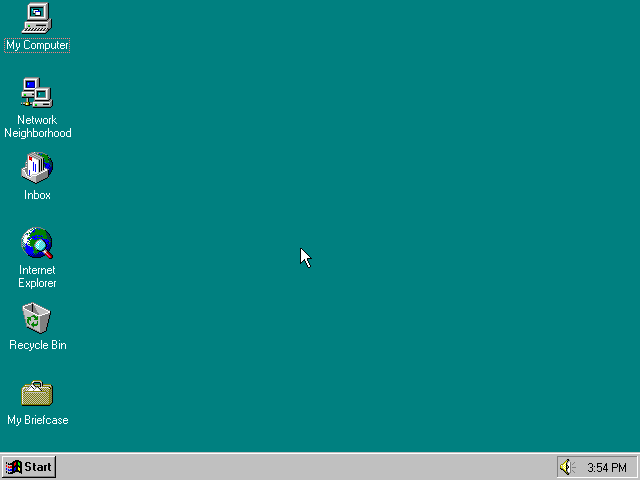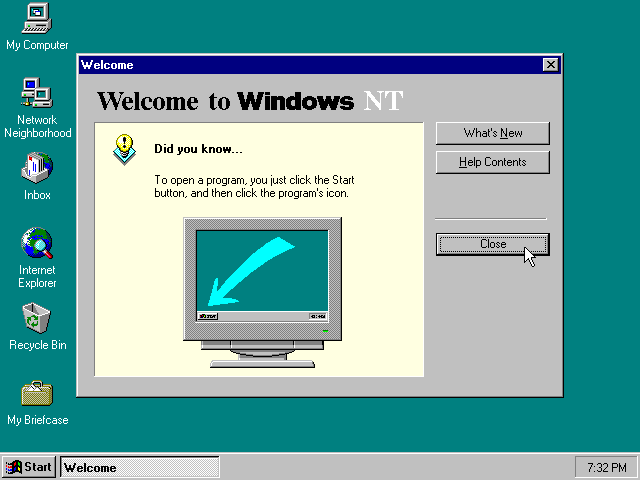This obsolete operating system from Microsoft was designed to provide high performance, security, reliability and compatibility with third party applications.
Windows NT
Windows NT is a legacy OS for personal computers. Its name stands for New Technology to reflect the innovative features and architecture. Some core principles established by Windows NT are still used in modern successors like Windows 10 and 11.
Origins
The development of this operating system began in the late 1980s by a team of engineers in Microsoft led by Dave Cutler. They aimed to create an OS that would be portable across different hardware platforms, had support for multiple processors and a flexible microkernel architecture. Moreover, the new environment offered users advanced security and networking capabilities.
Evolution
Later versions of Windows NT improved the performance and stability as well as added support for more hardware devices and communication protocols. Windows 2000 was the first OS to drop the NT name. It was oriented toward both professional and home users and introduced new features such as Active Directory, Group Policy, NET Framework, Kerberos authentication and Windows Management Instrumentation. Some original kernel modules and other internal components designed for Windows NT are included even in modern operating systems from Microsoft to this day.
Features
- free to download and use;
- contains a discontinued operating system;
- developed by a team in Microsoft led by Dave Cutler;
- supports a wide variety of hardware devices and network protocols;
- not compatible with modern versions of Windows.



